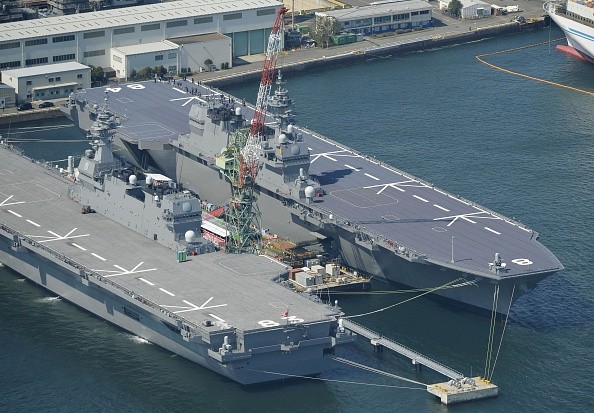On Thursday, China expressed its hopes that the commissioning of helicopter carrier Kaga did not mark Japan’s return to the country’s past militaristic history. Kaga is Japan’s second largest helicopter-based escort ship.
The 248-meter long vessel entered into service on Wednesday. Accompanied by a military band, Maritime Self-Defense Force commanders took possession of the ship at the Japan Marine United shipyard in Yokohama.
At a ceremony attended by about 500 people, Vice Minister of Defense Takayuki Kobayashi said that “China is attempting to make changes in the South China Sea with bases and through acts that exert pressure is altering the status quo, raising concerns among the international community.”
With Kaga and its sister, the Izumo, Japan now has a greater ability to deploy forces past its shores. The country is pushing back against China’s increasing influence in Asia.
According to Chinese Foreign Ministry spokeswoman Hua Chunying, the "China threat" had been overstated by Japan in the recent years as an excuse to enlarge its military.
"I also want to say that the Kaga was sunk by the U.S. military in World War Two. Japan should learn the lessons of history," Hua said at a daily news conference.
"We hope the return of the Kaga is not trying to be the start of the ashes of Japanese militarism burning once more," she added.
Japan’s two biggest warships since World War II are powerful symbols of Prime Minister Shinzo Abe’s urge to increase the international function of the country’s military.
Both the Kaga and the Izumo are commissioned as helicopter destroyers to remain constrained. Japan’s war-renouncing constitution does not permit possession of offensive weapons.
The world's second- and third-largest economies have been in a territorial dispute over a group of islets in the East China Sea. China-Japan ties have since been weighed down.
China hopes that Japan’s wartime aggression has not been kindled with helicopter carrier Kaga’s entry into service.



























